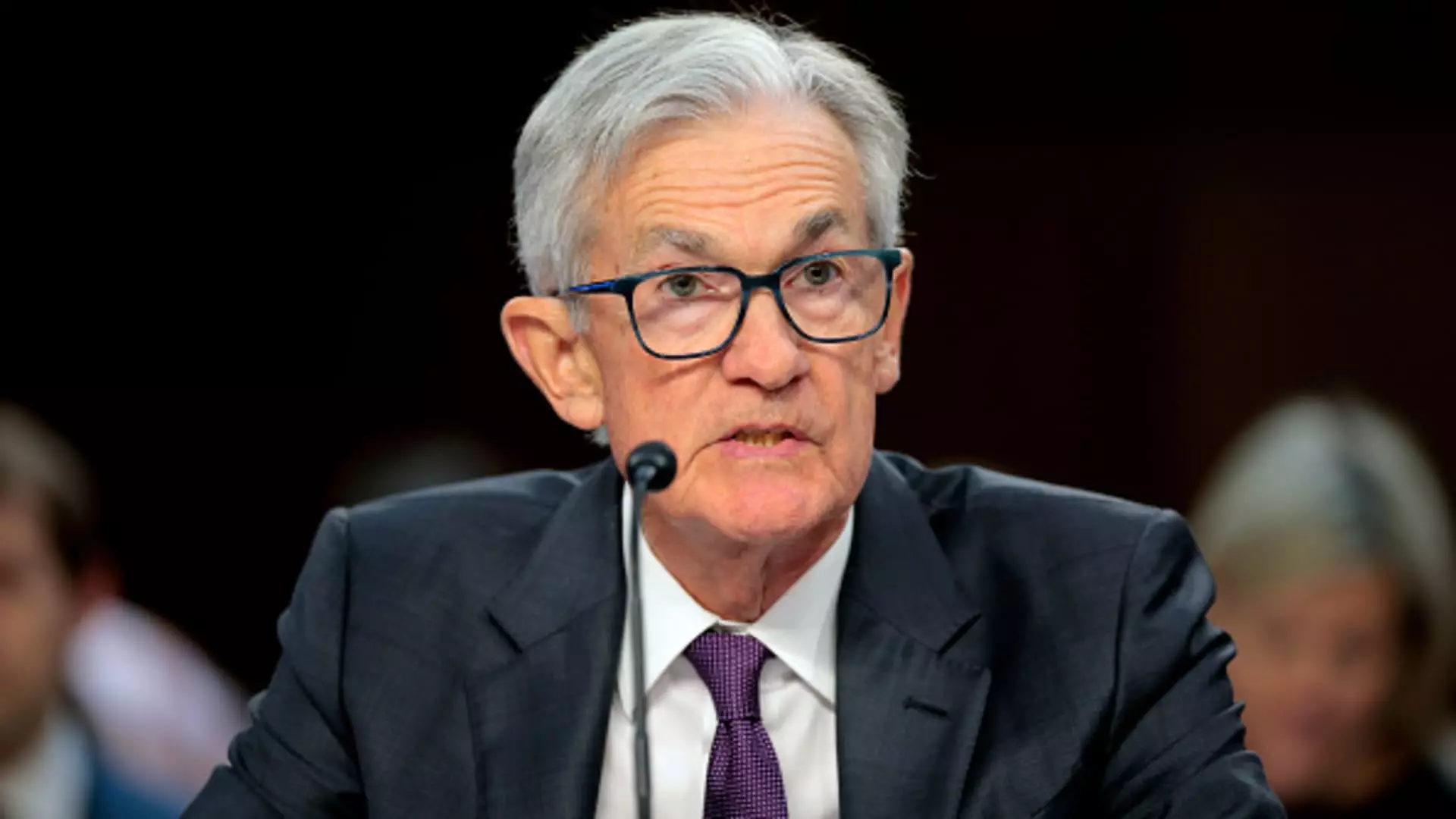Amid rising economic uncertainty, a recent survey conducted by CNBC has exposed troubling sentiments among financial respondents concerning the U.S. economy. The data published in March suggests a frightening shift that many have not anticipated—confidence in economic growth has plummeted as fears of recession have surged to their highest levels in six months. The analysis here seeks to grapple with the underlying issues contributing to this disquiet and highlights how fiscal policies from the Trump administration, particularly concerning tariffs, have been identified as significant contributors to the growing pessimism amongst economists, fund managers, and strategists.
The Rising Tide of Recession Fears
The responses garnered from the March CNBC Fed Survey revealed a stark increase in the likelihood of recession, rising from 23% in January to an alarming 36%. While it’s easy to dismiss such forecasts as mere speculation, it’s crucial to consider the premise upon which these fears are built. The earlier optimism reflecting the immediate aftermath of President Trump’s election has been noticeably dampened. This trend signifies a fundamental loss of trust in the economic policy direction, primarily due to the erratic nature of tariff implementations and their broader implications. Investors are now expressing an unease that is hard to ignore—tariffs, once seen as a strategic maneuver for negotiation, are now viewed as potential anchors weighing down the economy.
The Tariff Dilemma and Its Far-Reaching Implications
In a landscape where the economy was once buoyed by expectations of full employment and robust consumer spending, the newly heightened concerns regarding tariffs have sparked a debate about their true effects. The prevailing sentiment among a majority of survey respondents suggests that tariffs could aggravate inflation and suppress job growth rather than bolster American manufacturing, ultimately leading to a contraction phase. Over 70% of financial experts surveyed believe that tariffs pose considerable risks to inflation, jobs, and overall economic health. This disapproval reflects a fear that pursuing aggressive trade policies without strategic foresight might compel the nation into a broader economic malaise.
Compounding these fears is the significant shift in GDP forecasts for 2025—projected to fall to 1.7% from an optimistic 2.4%. Such a dramatic markdown not only highlights the anxiety surrounding trade policy but reveals the intricate web of interconnected elements influencing economic health, including consumer spending and housing market stagnation. This downturn does not merely reflect an economic statistic; it carries real-world implications for livelihoods and long-term stability.
The Federal Reserve’s Tightrope Walk
What remains particularly troubling, however, is the Fed’s precarious position in the face of these looming threats. With economists suggesting that interest rate cuts are necessary to mitigate the fallout from the ongoing trade policy chaos, there is an unsettling sense of urgency. Survey participants overwhelmingly forecast at least two quarter-point cuts this year, hinting at an anticipated intervention from the Fed that has never seemed more critical. Yet, the dilemma lies in the uncertainty surrounding whether these cuts will even suffice to revitalize a faltering economic landscape.
As highlighted by various financial leaders, Jay Powell, chair of the Federal Reserve, appears to be caught in a bind. If he cuts rates in response to rising unemployment only to have the tariffs rescinded, it would signal that these decisions were premature. This intricate dance of policymaking leaves both the Fed and the market potential for instability in evaluating economic signals.
Cheaper Prices vs. Economic Health
The current discourse around tariffs has morphed into a discussion that pits immediate consumer price stability against long-term economic growth. There’s a dangerous narrative developing, postulating that short-term price hikes, viewed by two-thirds of respondents as a one-off consequence of tariffs, could hinder investment in long-term productivity. Thus, the fundamental question arises: are tariff policies going to catalyze job creation or extinguish it? As opinions within the economic community diverge, questions of collective confidence continue to loom.
Ultimately, the backdrop of uncertainty created by the Trump administration’s volatile fiscal policies generates palpable tension within the financial landscape. The forecast may not be as dire as the Great Recession, but there are undeniably storm clouds gathered that demand immediate and thoughtful consideration. With the potential for recession looming ominously over the horizon, stakeholders must engage critically with economic policies failing to strike a healthy balance between protectionism and sustainable growth.

